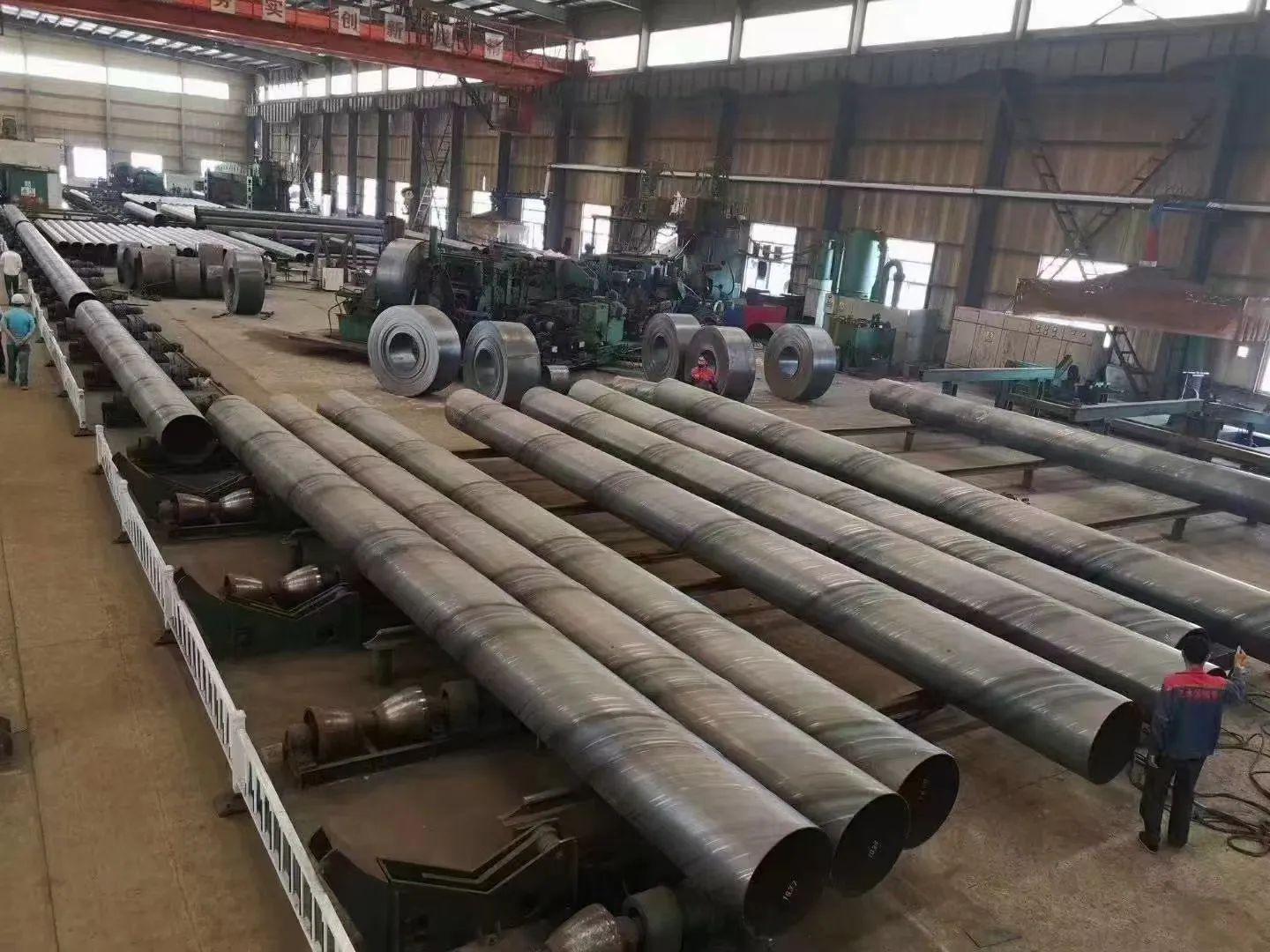-
Cangzhou Yulong Steel Co., Ltd.
-
Phone:
+86 13303177267 -
Email:
admin@ylsteelfittings.com
- English
- Arabic
- Italian
- Spanish
- Portuguese
- German
- kazakh
- Persian
- Greek
- French
- Russian
- Polish
- Thai
- Indonesian
- Vietnamese
- Zulu
- Korean
- Uzbek
- Hindi
- Serbian
- Malay
- Ukrainian
- Gujarati
- Haitian Creole
- hausa
- hawaiian
- Hebrew
- Miao
- Hungarian
- Icelandic
- igbo
- irish
- Japanese
- Javanese
- Kannada
- Khmer
- Rwandese
- Afrikaans
- Albanian
- Amharic
- Armenian
- Azerbaijani
- Basque
- Belarusian
- Bengali
- Bosnian
- Bulgarian
- Catalan
- Cebuano
- China
- China (Taiwan)
- Corsican
- Croatian
- Czech
- Danish
- Esperanto
- Estonian
- Finnish
- Frisian
- Galician
- Georgian
- Kurdish
- Kyrgyz
- Lao
- Latin
- Latvian
- Lithuanian
- Luxembourgish
- Macedonian
- Malgashi
- Malayalam
- Maltese
- Maori
- Marathi
- Mongolian
- Myanmar
- Nepali
- Norwegian
- Norwegian
- Occitan
- Pashto
- Dutch
- Punjabi
- Romanian
- Samoan
- Scottish Gaelic
- Sesotho
- Shona
- Sindhi
- Sinhala
- Slovak
- Slovenian
- Somali
- Sundanese
- Swahili
- Swedish
- Tagalog
- Tajik
- Tamil
- Tatar
- Telugu
- Turkish
- Turkmen
- Urdu
- Uighur
- Welsh
- Bantu
- Yiddish
- Yoruba

Nov . 23, 2024 06:08 Back to list
astm a106 b
Understanding ASTM A106 B Specifications and Applications
ASTM A106 B is a widely recognized standard specification for seamless carbon steel pipes designed for high-temperature service. Published by the American Society for Testing and Materials (ASTM), it provides the necessary guidelines to ensure that materials can withstand the demanding conditions often encountered in various industrial applications. Among its many attributes, ASTM A106 B is notable for its strength and ability to perform under high pressure and temperature, making it a preferred choice in many critical industries.
Overview of ASTM A106 B
ASTM A106 B covers seamless carbon steel pipe intended for high-temperature service. This specification applies to pipes made from carbon steel and is suitable for welding and other mechanical processes. The pipe is used in various applications, including, but not limited to, oil and gas refineries, petrochemical plants, and power generation facilities. The pipes manufactured under this standard are available in several sizes and are meant to accommodate a wide range of pressures.
Chemical Composition and Mechanical Properties
The chemical composition of ASTM A106 B includes a mixture of carbon, manganese, phosphorus, sulfur, and silicon. The carbon content typically ranges from 0.25% to 0.30%, which contributes to the pipe's overall strength and durability. Specifically, the mechanical properties required by this standard include yield strength, tensile strength, and elongation percentages, which help in assessing the pipe's performance under stress.
For instance, ASTM A106 B specifies a minimum yield strength of 240 MPa (35,000 psi) and a minimum tensile strength of 425 MPa (60,000 psi). These properties ensure that the material can endure the significant stresses and temperature variations it may encounter in operational environments.
astm a106 b

Manufacturing Process
The manufacturing of ASTM A106 B pipes involves several key steps, starting with the selection of high-quality raw materials. The seamless manufacturing process enhances the integrity of the pipe, providing it with a uniform structure that minimizes the risk of defects. After manufacturing, each pipe undergoes rigorous testing, including hydrostatic tests, to confirm its strength integrity and ensure it meets the required specifications.
Applications
The robustness of ASTM A106 B makes it suitable for a variety of applications. Most notably, it is extensively used in the oil and gas sector, particularly for pipelines that transport fluids and gases at high temperatures. Beyond this, it finds applications in power plants, chemical plants, and boiler systems, where durability and strength are critical.
The standard also allows for the execution of specific post-processing techniques, such as heat treatment or normalizing, depending on the intended application, further enhancing the material's performance characteristics.
Conclusion
In conclusion, ASTM A106 B is an essential standard that facilitates the production and use of seamless carbon steel pipes for high-temperature applications. Its stringent composition and testing requirements ensure reliability and safety across various industries. Engineers and manufacturers rely on this specification to deliver products that can withstand harsh conditions, contributing significantly to the infrastructure of the energy, chemical, and manufacturing sectors. Understanding ASTM A106 B comprehensively aids in selecting the right materials for specific applications, ensuring efficiency and safety in industrial processes.
Latest news
-
ANSI 150P SS304 SO FLANGE
NewsFeb.14,2025
-
ASTM A333GR6 STEEL PIPE
NewsJan.20,2025
-
ANSI B16.5 WELDING NECK FLANGE
NewsJan.15,2026
-
ANSI B16.5 SLIP-ON FLANGE
NewsApr.19,2024
-
SABS 1123 FLANGE
NewsJan.15,2025
-
DIN86044 PLATE FLANGE
NewsApr.19,2024
-
DIN2527 BLIND FLANGE
NewsApr.12,2024
-
JIS B2311 Butt-Welding Fittings LR/SR 45°/90° /180°Seamless/Weld
NewsApr.23,2024











